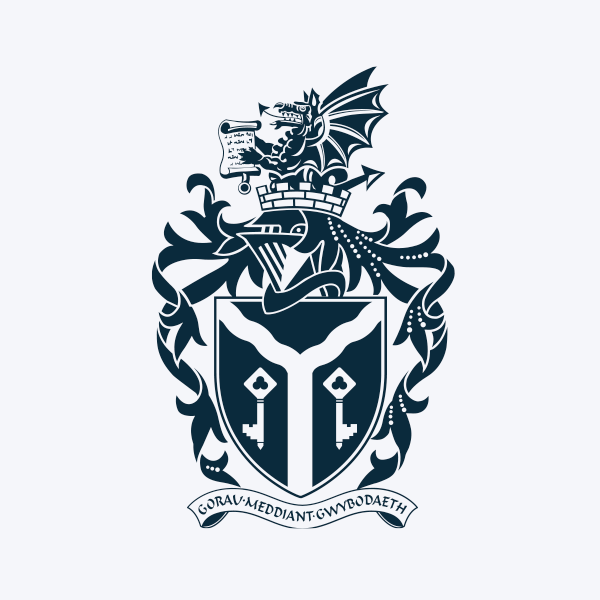
Professor Fei Zhao
Professor in Hearing Science and Audiology
Cardiff School of Sport & Health Sciences
Overview
My research is dedicated to improving the quality, capacity and equality of access to hearing healthcare by developing and implementing effective and accurate diagnostic tools. The significance of the work is seen in peer recognition of the scientific breakthroughs, the knowledge translation, clinical applications and resulting social impact.
One of my research interests is to develop sensitised and reliable measures for detecting the auditory dysfunction. I have led several research projects including development and clinical application of a new system to measure the middle ear dynamic characteristics and innovative approaches to understand middle ear mechanisms in pathological conditions using bioengineering theoretical analysis and artificial intelligence (AI) technology. In 2021 I was awarded a prestigious grant by the NIHR Artificial Intelligence in Health and Care Award to support a project on the development of an artificial intelligence system for the automated diagnosis of otitis media with effusion in children (also called 'glue ear').
My teaching expertise is mainly in the field of Clinical Audiology as well as some generic areas, for example, research methods, literature review, evidence based medicine and ENT disorders.
My management expertise is about 1] academic management, including substantial course design and module development for both UG and PG programmes; and 2] administrative management, including solving problems, establishing collaborative links with professional communities and local health authority.
Research Publications
The impact of endolymphatic hydrops on wideband acoustic immittance and otoacoustic emissions in guinea pigs
Lin, H., Li, X., Zhang, H., Mu, Y., Wang, X., Konduru, N., Ji, R., Liu, W., Fei, Z., Jiang, W. & Qiao, Y., 23 Jan 2025, In: Frontiers in Neurology. 16, p. 1444928 1444928.Research output: Contribution to journal › Article › peer-review
Impaired network organization in mild age‐related hearing loss
Tong, Z., Xing, C., Xu, X., Xu, J., Wu, Y., Salvi, R., Yin, X., Zhao, F., Chen, Y. & Cai, Y., 2 Jan 2025, In: MedComm. 6, 1, p. e70002 e70002.Research output: Contribution to journal › Article › peer-review
Classification of ossicular fixation based on a computational simulation of ossicular mobility
Lee, S., You, H., Morita, Y., Kanzaki, S., Zhao, F. & Koike, T., 3 Sept 2024, In: Scientific Reports. 14, 1, p. 20468 20468.Research output: Contribution to journal › Article › peer-review
Advancements in Pediatric Audiological Assessments Using Wideband Acoustic Immittance: A Review
Jiang, W., Mu, Y., Zhao, F. & Wang, P., 14 Aug 2024, In: Audiology Research. 14, 4, p. 684-700 17 p.Research output: Contribution to journal › Review article › peer-review
Predictive accuracy of wideband absorbance in children with large vestibular aqueduct syndrome: A single-center retrospective study
Jiang, W., Li, X., Mu, Y., Zhang, H., Konduru, N., Qiao, Y., Zhao, F. & Liu, W., 28 Jun 2024, In: Heliyon. 10, 13, p. e33776 e33776.Research output: Contribution to journal › Article › peer-review
Tinnitus classification based on resting-state functional connectivity using a convolutional neural network architecture
Xu, Q., Zhou, L. L., Xing, C., Xu, X., Feng, Y., Lv, H., Zhao, F., Chen, Y. C. & Cai, Y., 12 Apr 2024, In: NeuroImage. 290, p. 120566 120566.Research output: Contribution to journal › Article › peer-review
Reorganization of the cortical connectome functional gradient in age-related hearing loss
Tong, Z., Zhang, J., Xing, C., Xu, X., Wu, Y., Salvi, R., Yin, X., Zhao, F., Chen, Y. C. & Cai, Y., 27 Nov 2023, In: NeuroImage. 284, 120475.Research output: Contribution to journal › Article › peer-review
An advanced machine learning approach for high accuracy automated diagnosis of otitis media with effusion in different age groups using 3D wideband acoustic immittance
Grais, E. M., Nie, L., Zou, B., Wang, X., Rahim, T., Sun, J., Li, S., Wang, J., Jiang, W., Cai, Y., Yang, H. & Zhao, F., 3 Oct 2023, In: Biomedical Signal Processing and Control. 87, 105525.Research output: Contribution to journal › Article › peer-review
Comparison of wideband acoustic immittance in Chinese infants under three months of age with normal and abnormal middle ear function
Li, G., Zhao, F., Peng, S., Yin, H., Yao, X. & Xu, K., 21 Sept 2023, In: International Journal of Pediatric Otorhinolaryngology. 174, 111739.Research output: Contribution to journal › Article › peer-review
A Systematic Review of the Audiological Efficacy of Cartilage Conduction Hearing Aids and the Factors Influencing Their Clinical Application
Li, B., Lee, S., Cao, Z., Koike, T., Joseph, R., Brown, T. H. & Zhao, F., 10 Aug 2023, In: Audiology Research. 13, 4, p. 636-650 15 p.Research output: Contribution to journal › Review article › peer-review